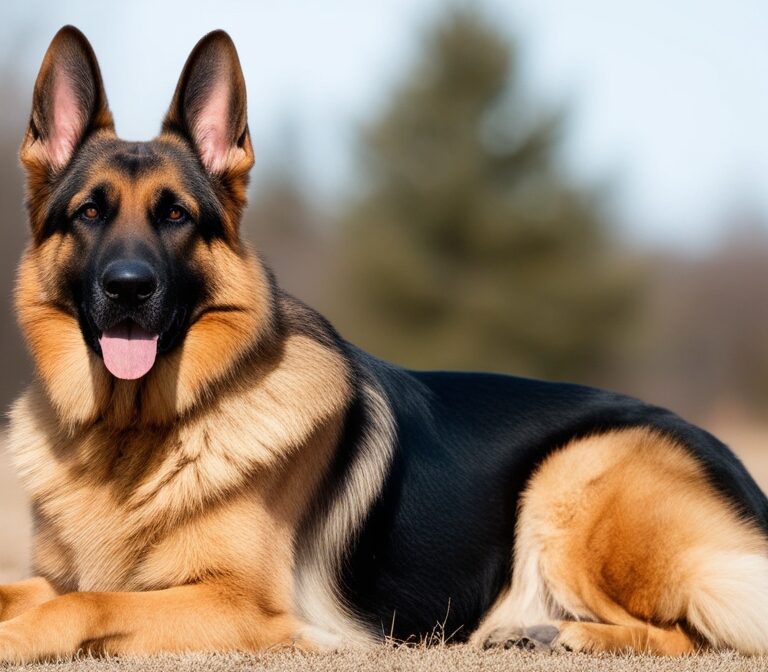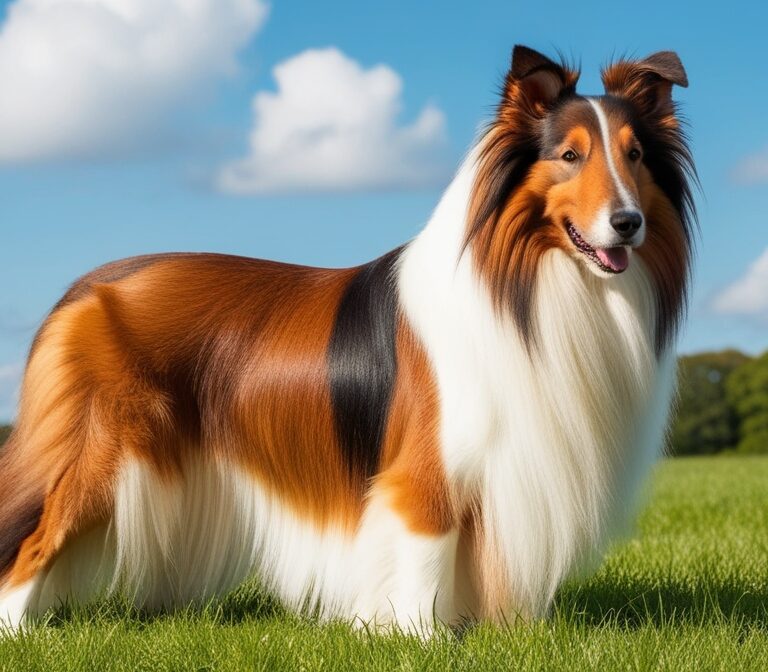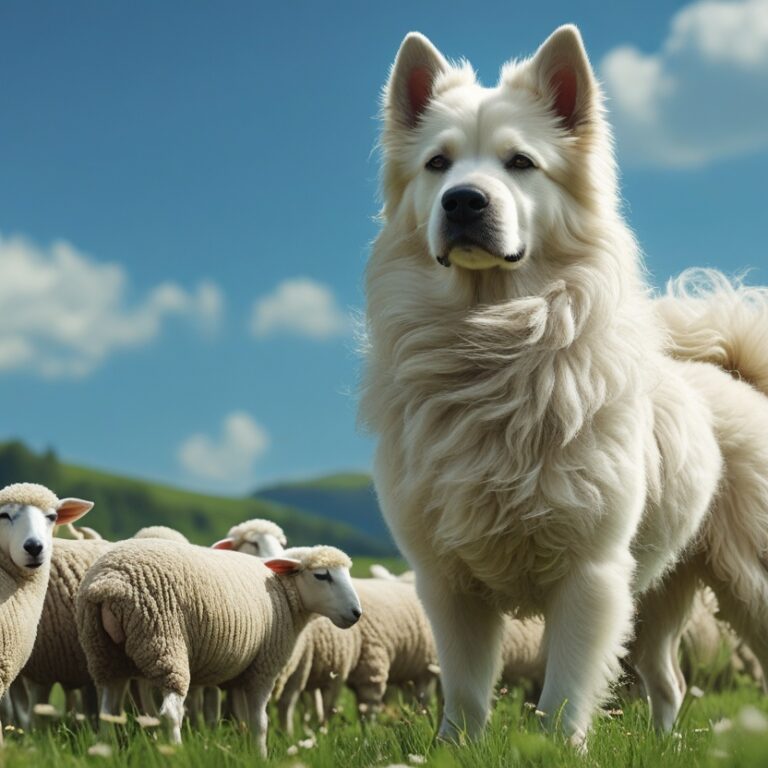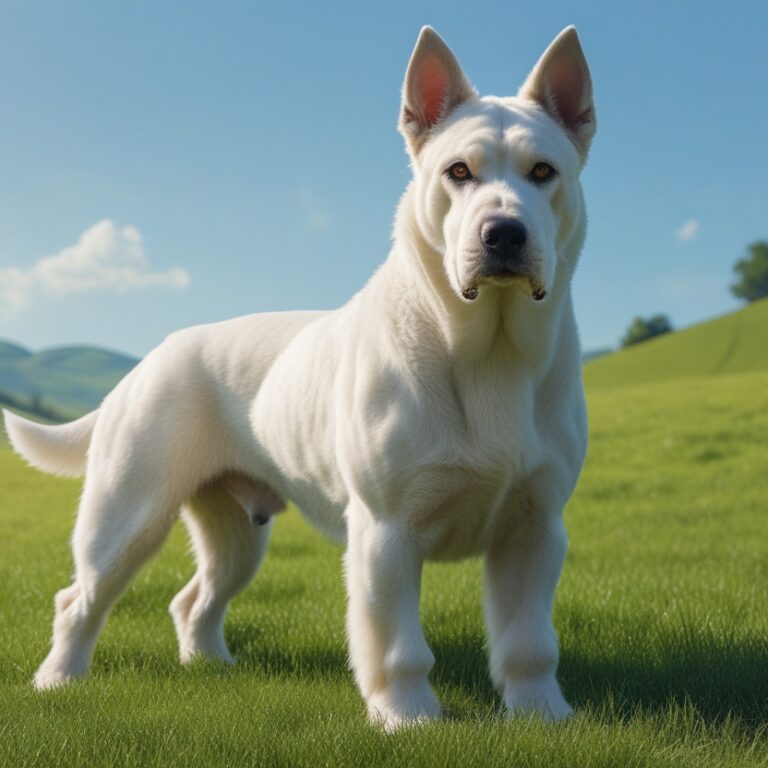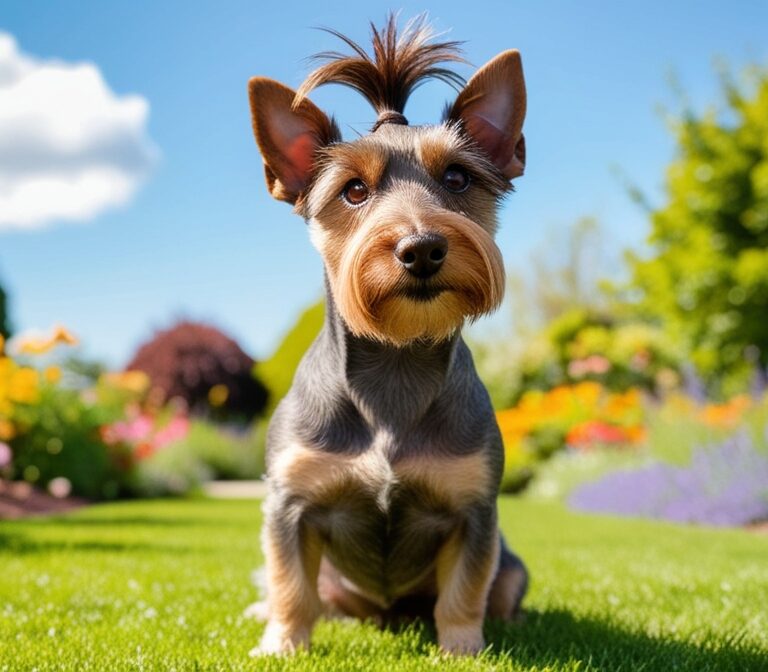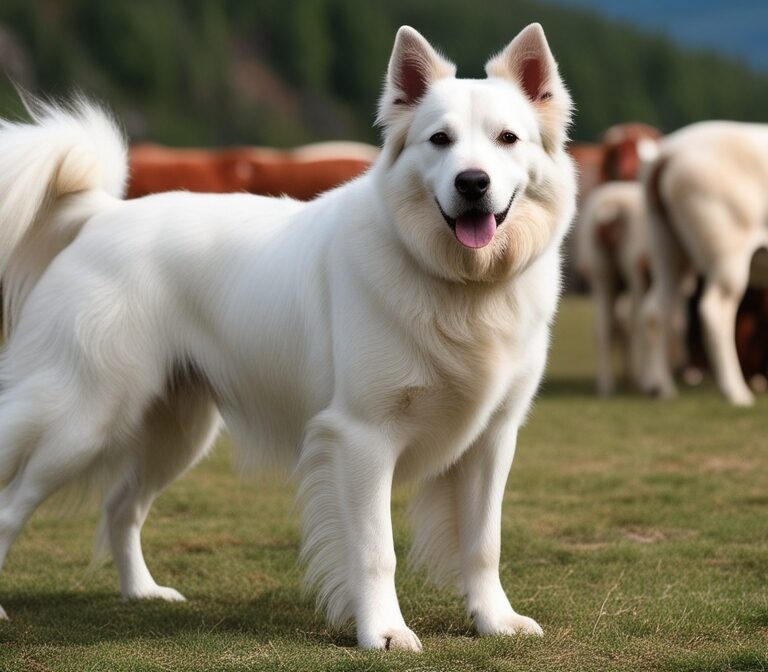Bedlington Terrier: The Complete Guide to This Unique and Elegant Breed
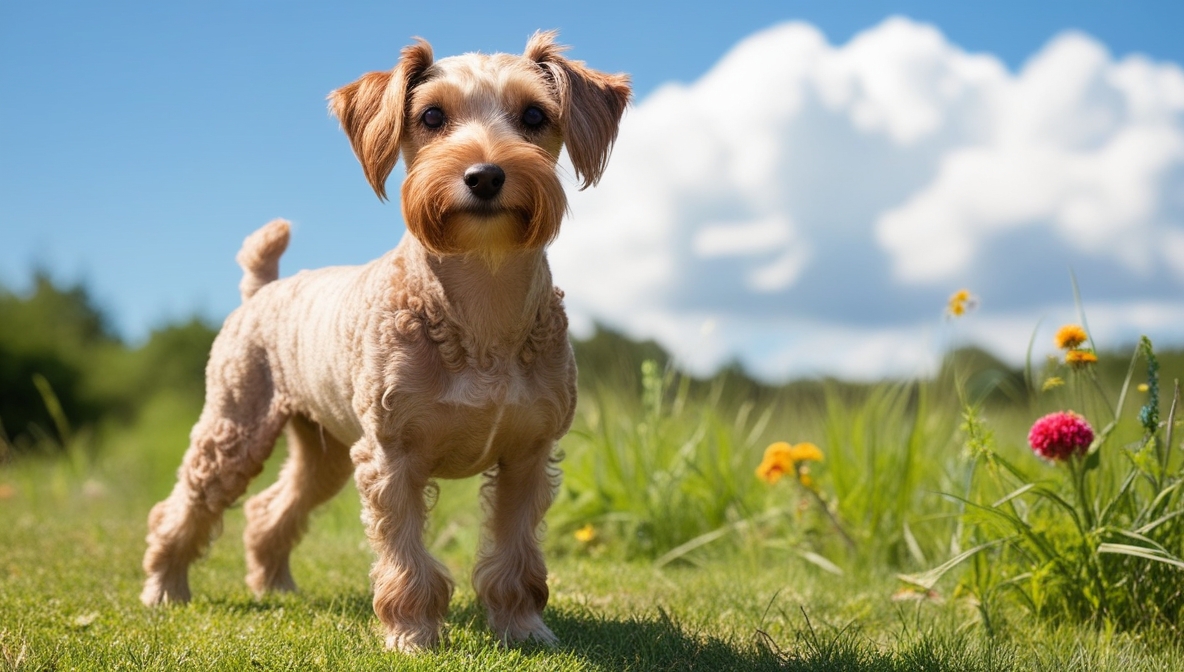
Introduction
The Bedlington Terrier is one of the most unusual yet elegant dog breeds in the canine world. With its lamb-like appearance, arched back, and curly coat, the breed looks delicate and graceful at first glance. Yet beneath its soft exterior lies the spirit of a bold, intelligent, and athletic terrier. Originally bred for hunting vermin and small game in the coal-mining region of Northumberland, England, the Bedlington Terrier has become a rare but cherished companion across the globe.
Despite its rarity, this breed has a loyal fan base. Families love it for its affectionate personality, while dog enthusiasts admire its versatility in sports, obedience, and companionship. In this detailed guide, we’ll explore the history, characteristics, temperament, grooming requirements, training needs, and overall lifestyle of the Bedlington Terrier.
By the end of this article, you’ll know whether the Bedlington Terrier is the right breed for you, and how to care for one if you decide to welcome this unique companion into your home.
History and Origins of the Bedlington Terrier
The Bedlington Terrier traces its roots back to the 18th century in Northumberland, England. This region, particularly the town of Bedlington, gave the breed its name. At that time, terriers were working-class dogs, bred not for looks but for function. They were excellent hunters of rats, badgers, rabbits, and foxes, and were valued both by miners and landowners.
The Rothbury Terrier Connection
Before becoming known as the Bedlington Terrier, the breed was often called the Rothbury Terrier, after the Rothbury Forest area where it was widely used for hunting. Many experts believe that early Bedlingtons descended from a mix of breeds, including the Dandie Dinmont Terrier, Whippet, and Otterhound. These influences gave the Bedlington its speed, endurance, and distinctive arched back.
Popularity Among Different Classes
Interestingly, the Bedlington Terrier bridged social divides. Miners relied on them to hunt rabbits for food and keep mines free from vermin. At the same time, wealthy aristocrats admired the breed’s refined looks and unique charm, making them fashionable pets in Victorian England.
By the late 19th century, Bedlington Terriers were being exhibited at dog shows, and in 1877, the National Bedlington Terrier Club was established in England. Since then, the breed has been recognized worldwide by major kennel clubs, though it remains relatively rare compared to other terriers.
Physical Characteristics of the Bedlington Terrier
The Bedlington Terrier’s lamb-like appearance is its most striking feature. However, this dog is far from delicate—it has the athletic build of a true terrier.
General Appearance
- Size: Medium
- Height: 15 to 17.5 inches (38 to 44 cm)
- Weight: 17 to 23 pounds (7.7 to 10.4 kg)
- Body: Slim yet muscular, with a distinctive arched back and deep chest
- Head: Narrow and rounded, often described as “pear-shaped” or “wedge-shaped”
- Ears: Triangular with rounded tips, covered in silky hair
- Tail: Low-set and tapering, carried gracefully in a slight curve
Coat and Colors
The Bedlington Terrier’s coat is one of its most unique features. It is a mixture of hard and soft hair that creates a crisp, curly texture. Unlike many terriers, the coat does not shed much, making the breed more suitable for allergy sufferers.
Recognized coat colors include:
- Blue
- Sandy
- Liver
- Blue and tan
- Sandy and tan
- Liver and tan
Over time, the coat often lightens in shade as the dog matures.
Temperament and Personality
The Bedlington Terrier combines the best of both worlds: the fiery determination of a terrier and the gentle affection of a companion dog.
Core Traits
Affectionate and Loyal: Bedlingtons bond closely with their families and thrive on human companionship.
Energetic and Playful: They enjoy exercise, games, and interactive activities.
Alert and Courageous: Despite their lamb-like appearance, they are fearless watchdogs.
Adaptable: They do well in apartments or houses, provided they get enough exercise.
Independent but Intelligent: Like many terriers, they have a streak of independence but are smart enough to learn commands quickly.
With Children and Families
Bedlington Terriers make excellent family pets. They are gentle with children, especially if raised alongside them, and they generally get along well with other dogs. However, their strong prey drive means they may chase small animals like rabbits or hamsters.
Socialization
Early socialization is crucial. Introducing them to different people, pets, and environments at a young age helps prevent shyness or aggression later in life.
Training the Bedlington Terrier
The Bedlington Terrier is highly intelligent and eager to please, which makes training both enjoyable and rewarding. However, they also have a stubborn streak typical of terriers.
Training Tips
- Positive Reinforcement: Use praise, treats, and play to encourage good behavior.
- Consistency: Be firm but gentle; inconsistent rules will confuse the dog.
- Short Sessions: Keep training fun and varied to prevent boredom.
- Socialization Classes: Puppy classes can help them learn manners and build confidence.
- Mental Stimulation: Puzzle toys, agility training, and scent games help keep their minds sharp.
Sports and Activities
Bedlington Terriers excel in canine sports such as:
- Agility
- Flyball
- Obedience competitions
- Lure coursing (thanks to their Whippet ancestry)
Their athleticism and speed make them stand out in competitions.
Grooming and Maintenance
The Bedlington Terrier’s unique coat requires regular grooming to maintain its texture and prevent matting.
Grooming Routine
Brushing: At least 2–3 times per week to keep the coat free of tangles.
Clipping: Professional grooming every 6–8 weeks is recommended to maintain the breed’s signature look.
Bathing: Once a month or as needed, using a gentle dog shampoo.
Ears and Eyes: Clean ears weekly to prevent infections; wipe eyes as needed.
Nails: Trim every 2–3 weeks.
Hypoallergenic Qualities
Because the Bedlington sheds very little, it is often recommended for allergy sufferers. However, no dog is completely hypoallergenic, so spending time with the breed before committing is advised.
Exercise and Activity Needs
Though small in size, the Bedlington Terrier has a high energy level. They require daily exercise to stay healthy and happy.
Ideal Exercise Routines
- Daily Walks: At least 45 minutes of walking per day.
- Playtime: Fetch, tug-of-war, and chase games in a secure yard.
- Off-Leash Running: Best done in a safe, enclosed space, as their prey drive may cause them to chase small animals.
- Mental Stimulation: Training sessions and interactive toys.
Without enough exercise, Bedlington Terriers may become restless or develop destructive behaviors.
Health and Lifespan
The Bedlington Terrier is generally a healthy breed, with a lifespan of 12 to 16 years. However, like all breeds, they are prone to certain health conditions.
Common Health Issues
Copper Toxicosis: A hereditary liver disease caused by abnormal copper accumulation. Genetic testing is available.
Eye Problems: Including cataracts and retinal dysplasia.
Thyroid Disorders: Hypothyroidism can occur in some dogs.
Patellar Luxation: A common joint issue among smaller breeds.
Ear Infections: Due to their pendulous ears, regular cleaning is essential.
Preventive Care
- Regular vet check-ups
- Genetic testing before breeding
- Proper nutrition and exercise
- Annual eye and liver screenings
Feeding and Nutrition
The Bedlington Terrier thrives on a balanced, high-quality diet.
Dietary Needs
- Protein: Essential for muscle maintenance; look for meat-based dog foods.
- Fat: Provides energy but should be balanced to avoid weight gain.
- Carbohydrates: Useful for energy, but focus on healthy sources like sweet potatoes or brown rice.
- Omega Fatty Acids: Support coat and skin health.
Feeding Guidelines
- Puppies: 3–4 small meals a day
- Adults: 2 meals per day
- Seniors: Adjust portions to maintain healthy weight
Fresh water should always be available.
Living With a Bedlington Terrier
In Apartments
Bedlington Terriers adapt well to apartment living as long as they get enough exercise. Their low-shedding coat is also a plus for indoor environments.
In Houses with Yards
They enjoy space to run and play, but the yard should be securely fenced, as they may chase after wildlife.
With Other Pets
They usually coexist peacefully with other dogs, especially if socialized early. However, small pets like rodents or birds may trigger their hunting instincts.
Is the Bedlington Terrier Right for You?
Before choosing a Bedlington Terrier, ask yourself:
- Do you have time for daily exercise and grooming?
- Are you looking for a loyal, affectionate companion?
- Can you provide consistent training and mental stimulation?
- Are you prepared for a rare breed that may require travel to find a responsible breeder?
If you answered yes, the Bedlington Terrier could be a wonderful addition to your family.
Conclusion
The Bedlington Terrier is a rare gem in the dog world—graceful, intelligent, affectionate, and athletic. With its unique lamb-like appearance, loving temperament, and lively energy, it is a breed that captures hearts wherever it goes. While it requires regular grooming and plenty of exercise, the rewards of owning a Bedlington Terrier far outweigh the effort.
For those seeking a dog that is both beautiful and bold, the Bedlington Terrier offers the perfect balance of elegance and personality. Whether in a bustling family home or a quieter apartment setting, this charming breed will thrive as long as it is given love, attention, and care.
